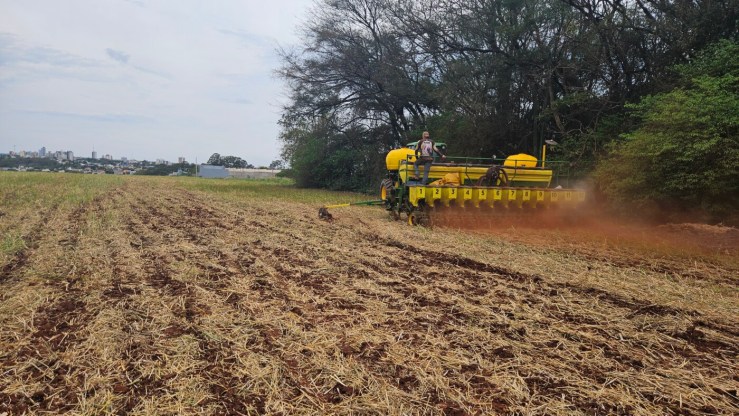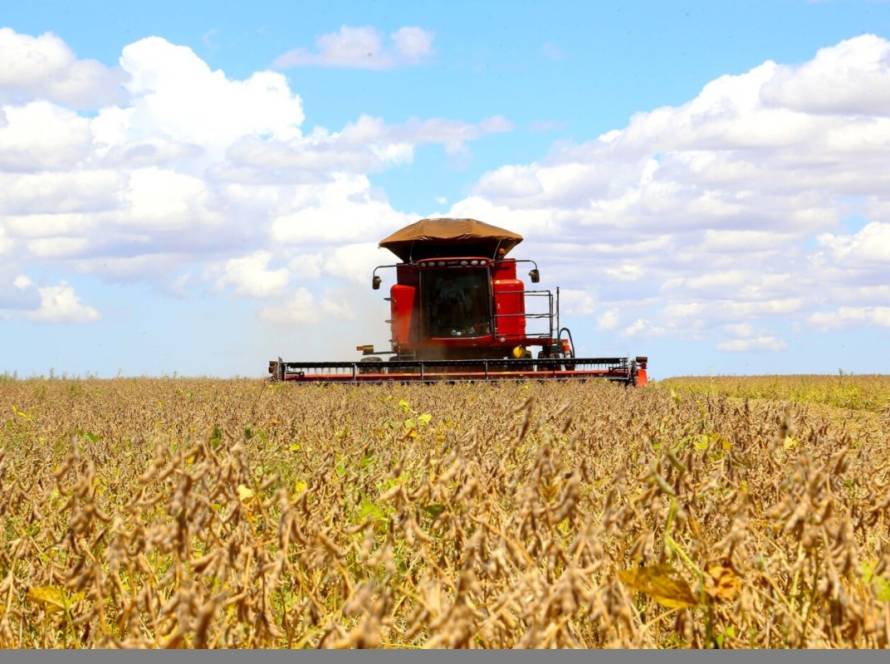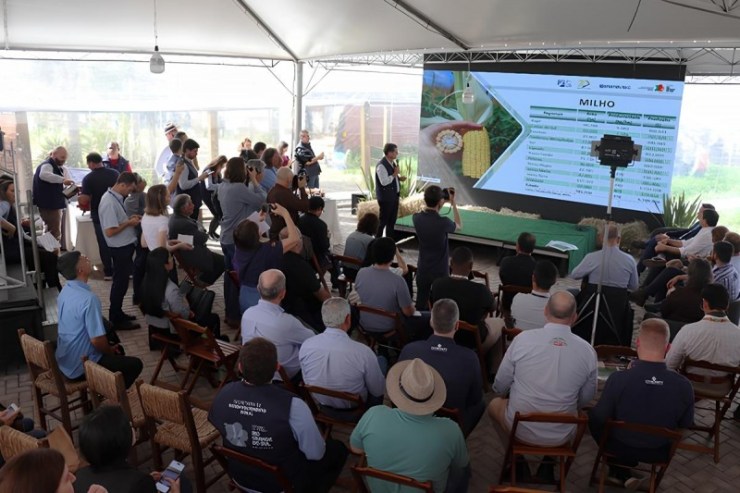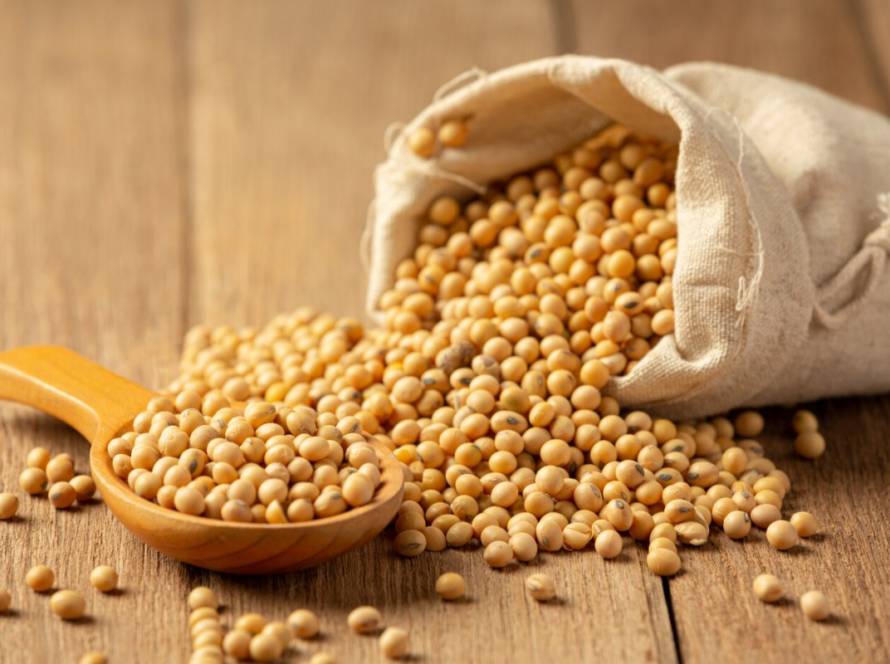The Good Practices for Integration between Beekeeping and Soybean Production booklet, an initiative carried out in partnership between the National Rural Learning Service (Senar), Embrapa and BASF Agricultural Solutions, is being launched on August 26th. The document, which is an instruction guide to assist in the integration between agricultural and beekeeping activities, that is, soybean and honey production, is now available at website of Senar.
The publication is primarily aimed at farmers, beekeepers, and agricultural professionals and is the result of a joint project led by Embrapa, BASF, and Senar over three harvest seasons (2022/2023, 2023/2024, and 2024/2025) in Paraná, Mato Grosso do Sul, and Rio Grande do Sul. During this period, technicians and specialists worked to validate a protocol of good beekeeping and agricultural practices aimed at the harmonious coexistence of bees and soybean crops.
The results of the validation process form the basis of the booklet, which provides a set of best field practices for soybean production and beekeeping, through the management of apiaries located near soybean crops and effective communication between beekeepers and soybean farmers. "This booklet represents another important step in advancing knowledge and transferring technologies to the production sector by bringing together qualified information to aid in field decision-making. This booklet was developed to support technicians working with producers in ensuring greater confidence in following the techniques recommended by Integrated Pest Management. Furthermore, the booklet provides guidelines for communication between these technicians and soybean farmers and beekeepers working near soybean crops," says Carina Rufino, Head of Technology Transfer at Embrapa Soja.

Photo: Aneto/Embrapa Archive
The booklet advises soybean farmers and beekeepers operating in adjacent areas to maintain ongoing dialogue about the activities carried out on their farms and in their apiaries. "This way, they will understand each other's activities, avoiding surprises or misunderstandings. The dialogue between the parties should encompass both the production system used by the farmer and the beekeeper's bee management, especially when one of these activities impacts the other," explains researcher Décio Gazzoni of Embrapa Soja.
BASF Agricultural Solutions, one of the founders of the project for harmonious coexistence between soybean farming and beekeeping in Brazil, has a business strategy to further expand initiatives that have a positive impact on farmers, the environment, and the community. This project, in collaboration with Embrapa and Senar, reinforces the importance of good practice protocols to protect pollinators in soybean crops, while also contributing to the productivity of this grain and honey. The company has been working for many years in research, training, and collaboration with farmers and institutions to contribute to the legacy of agricultural activity, connecting innovation, customers, and society.
"We believe in collaboration between the links in the supply chain to overcome the challenges of agricultural production. By expanding our engagement with society, the rural community, and partners, we are helping to feed the world and create a lasting legacy. Preserving the activity of pollinators like bees in agricultural areas contributes fundamentally to sustainable food production," says José Eduardo Moraes, Director of Regulation and Stewardship at BASF Agricultural Solutions in Latin America.
Moraes also highlights that the partnership between BASF, Embrapa Soja, and Senar is an example of how collaboration between the public and private sectors can accelerate these advances. "Partnerships like this are strategic for combining food security with sustainability and productivity," he adds. The booklet, part of the Senar Collection, will be used as support material in courses offered to farmers and beekeepers. The Senar Collection booklets are available in digital format for free download on the website and also on the Senar Play app, available in the Google and Apple stores.
Advantages of the relationship between soybeans and bees
Embrapa studies indicate that soybean productivity can be, on average, 13% higher when bees are present near the crop. "In some cases, productivity increased by up to 18%," says Gazzoni. In addition to the improvement in soybean production, the researcher also points to advantages for beekeeping. "The average productivity of a beehive in Brazil is less than 20 kg/year. However, beekeepers who have moved their apiaries near soybean crops report harvests two or three times this amount, just during the soybean flowering period," reports Gazzoni.

Photo: IDR PR
For the researcher, adopting good agricultural practices also prevents the adverse effects of technologies used in the soybean production system—including the application of pesticides—on bees. "Since bees are an indicator of environmental health, we estimate that the positive effect extends to the entire biodiversity surrounding agricultural areas, such as forests and other wild species reserves, and waterways," Gazzoni emphasizes. "The most sensitive aspect for harmonious integration between these activities is the correct application of phytosanitary measures, which is why we address this topic extensively in the booklet," Gazzoni explains.
In this sense, the researcher believes that adopting pest management programs and application technology are priorities for adequate pest control without adverse effects on biodiversity. "Based on monitoring successful cases of apiaries located near soybean production areas, we concluded that harmonious coexistence between the two activities requires strict adherence to good agricultural and beekeeping practices, as well as the establishment of ongoing and transparent communication between the parties," says the researcher.
Valuation of ecosystem services
Pollination is an ecosystem service responsible for the reproduction and genetic variability of plant populations, as well as being essential for the supply of fruits, seeds, and honey. The booklet identifies bees as the most important pollinating insects in food production on a global scale, as they pollinate approximately 90% of flowering plants. "Soybeans are not considered a classic honey plant, but our studies show that bees forage in soybean crops, especially to collect nectar," explains Gazzoni.
The annual value of pollination for food production is estimated at between US$1,000,000 and US$1,000,000 globally, with estimates of US$1,000,000 in Brazil. The economic valuation figures for the ecosystem service of pollination are available in the Thematic Report on Pollination, Pollinators, and Food Production in Brazil, released in 2019 by the Brazilian Platform for Biodiversity and Ecosystem Services (BPBES) and the Brazilian Network of Plant-Pollinator Interactions.




